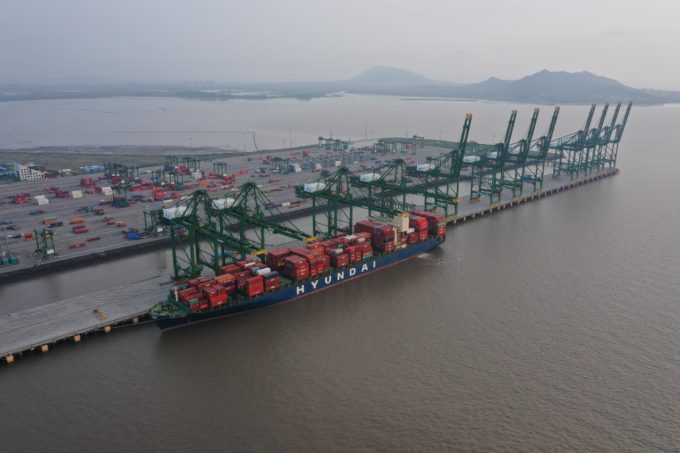Real test of Gemini hub and spoke model yet to come, says Maersk
Early signs may be positive for the Gemini Cooperation’s “hub and spoke” model, but head ...

With export volumes slipping amid global demand growth woes, container lines serving Indian trades are putting new rate hike plans for the traditional peak season on the back-burner.
MSC has pulled back from issuing its general rate increase (GRI) and peak season surcharge (PSS) notices this month on the India-US trades, while other liners have, tactically, kept themselves out of the pricing race, thus far.
Geneva-based MSC had announced a $2,000 per container PSS for Indian loads to the US and San ...
Transpacific sees first major MSC blanks as rates fall and volumes falter
'It’s healthy competition' Maersk tells forwarders bidding for same business
Shippers snap up airfreight capacity to US ahead of tariff deadline
White House confirms automotive tariffs – 'a disaster for the industry'
New price hikes may slow ocean spot rate slide – but for how long?
Volcanic disruption at Anchorage could hit transpacific airfreight operations
Tighter EU import requirements proving 'a challenge' for forwarders

Comment on this article